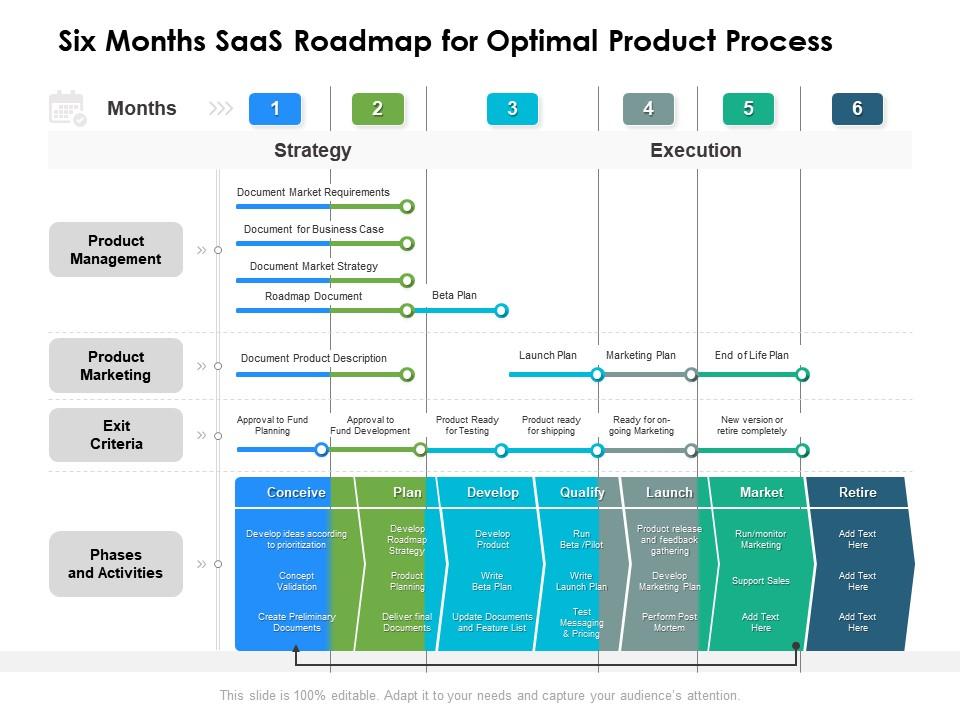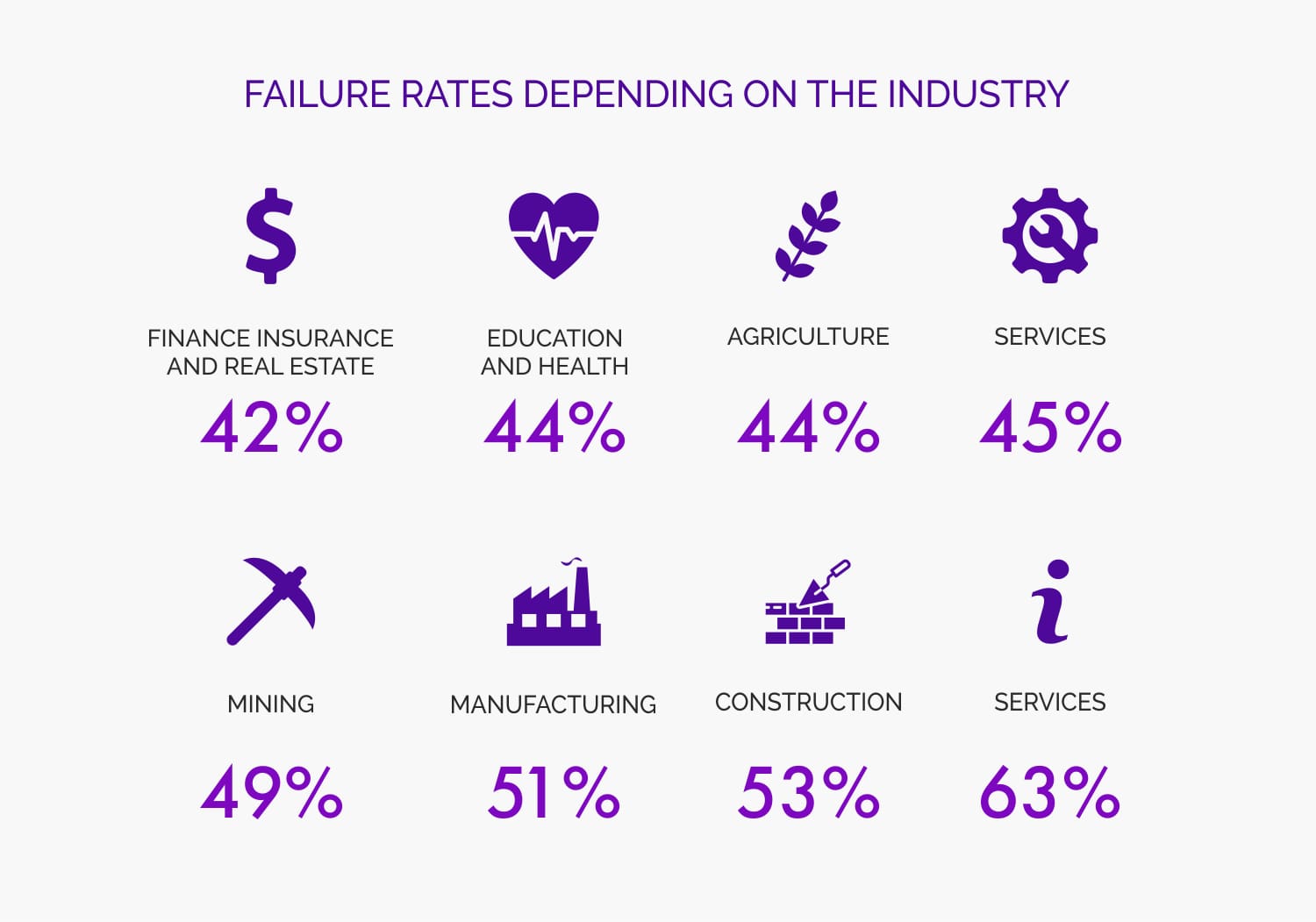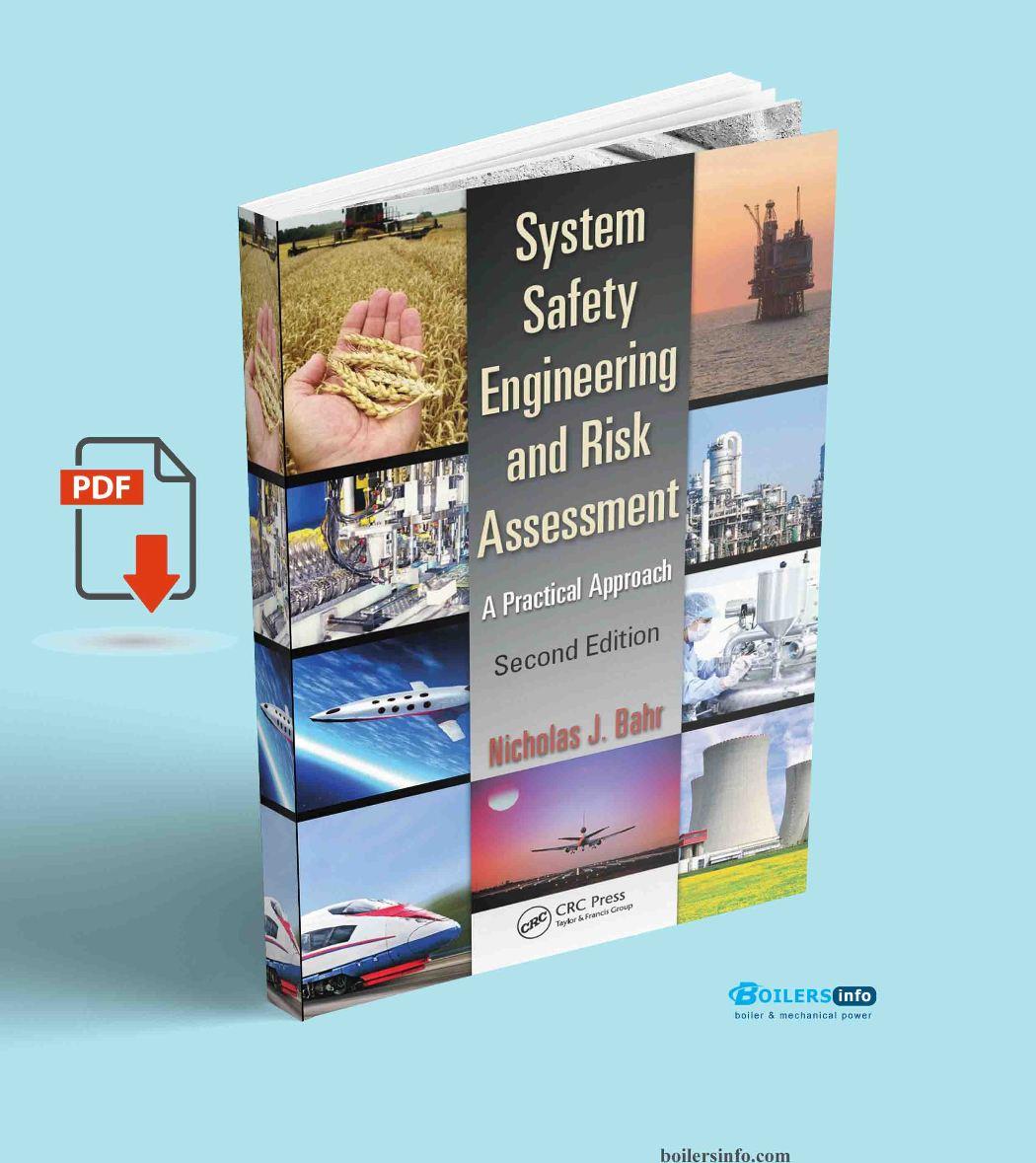The Importance of Safety Engineering in SaaS Development
SaaS startups are increasingly becoming a crucial part of the modern business landscape, providing innovative solutions to various industries. However, with the rise of SaaS, the risk of data breaches, reputational damage, and financial losses also increases. This is where safety engineering comes into play. Safety engineering is a critical aspect of SaaS development that ensures the security and reliability of the application, protecting both the startup and its customers from potential threats.
According to a recent study, the average cost of a data breach for a SaaS startup can be as high as $3.9 million. Moreover, a data breach can lead to a loss of customer trust, ultimately affecting the startup’s reputation and bottom line. This is why it is essential for SaaS startups to prioritize safety engineering from the outset. By doing so, they can mitigate the risks associated with data breaches and ensure a secure foundation for their application.
Safety engineering in SaaS development involves a range of activities, including secure coding practices, regular security testing, and compliance with relevant regulations and standards. By incorporating safety engineering into their development process, SaaS startups can ensure that their application is secure, reliable, and compliant with industry standards. This, in turn, can help build customer trust and confidence in the startup’s ability to protect their data.
In addition to the technical benefits, prioritizing safety engineering can also have a positive impact on the startup’s business operations. By ensuring the security and reliability of their application, SaaS startups can reduce the risk of downtime, data loss, and reputational damage. This can lead to increased customer satisfaction, reduced churn rates, and ultimately, increased revenue.
Furthermore, safety engineering can also help SaaS startups to comply with relevant regulations and standards, such as GDPR, HIPAA, and SOC 2. By ensuring compliance, startups can avoid costly fines and penalties, while also demonstrating their commitment to data security and customer trust.
In conclusion, safety engineering is a critical aspect of SaaS development that cannot be ignored. By prioritizing safety engineering, SaaS startups can ensure a secure foundation for their application, protect their customers’ data, and build trust and confidence in their brand. As the SaaS landscape continues to evolve, it is essential for startups to prioritize safety engineering to stay ahead of the competition and ensure long-term success.
How to Implement a Safety-First Approach in Your SaaS Development
Implementing a safety-first approach in SaaS development requires a deliberate and systematic effort to prioritize security and reliability throughout the development process. This involves integrating safety engineering principles into every stage of development, from design to deployment.
One of the key principles of safety-first development is security by design. This means that security considerations are integrated into the design phase of the development process, rather than being treated as an afterthought. By designing security into the application from the outset, SaaS startups can reduce the risk of security vulnerabilities and ensure that their application is secure and reliable.
Secure coding practices are also essential for implementing a safety-first approach in SaaS development. This includes following best practices for secure coding, such as input validation, error handling, and secure data storage. By following these best practices, SaaS startups can reduce the risk of security vulnerabilities and ensure that their application is secure and reliable.
Regular security testing is also a critical component of a safety-first approach in SaaS development. This includes conducting regular security audits, penetration testing, and vulnerability assessments to identify and address potential security vulnerabilities. By conducting regular security testing, SaaS startups can identify and address potential security vulnerabilities before they can be exploited by attackers.
In addition to these technical measures, SaaS startups should also prioritize safety engineering by integrating it into their development process. This includes establishing clear safety engineering goals and objectives, defining safety engineering requirements, and ensuring that safety engineering is integrated into every stage of the development process.
By implementing a safety-first approach in SaaS development, startups can ensure that their application is secure, reliable, and compliant with relevant regulations and standards. This can help to build customer trust and confidence in the startup’s ability to protect their data, ultimately driving business success.
Some tips for implementing a safety-first approach in SaaS development include:
- Establish clear safety engineering goals and objectives
- Define safety engineering requirements
- Integrate safety engineering into every stage of the development process
- Conduct regular security testing and vulnerability assessments
- Follow best practices for secure coding
By following these tips and prioritizing safety engineering, SaaS startups can ensure that their application is secure, reliable, and compliant with relevant regulations and standards.
Key Safety Engineering Principles for SaaS Startups
SaaS startups must prioritize safety engineering to ensure the security and reliability of their application. There are three key safety engineering principles that SaaS startups should follow: confidentiality, integrity, and availability. These principles are the foundation of a secure and reliable SaaS application.
Confidentiality refers to the protection of sensitive data from unauthorized access. This includes ensuring that data is encrypted both in transit and at rest, and that access controls are in place to prevent unauthorized access. SaaS startups must implement robust access controls, including multi-factor authentication and role-based access control, to ensure that only authorized personnel have access to sensitive data.
Integrity refers to the accuracy and completeness of data. This includes ensuring that data is not modified or deleted without authorization, and that data is accurate and complete. SaaS startups must implement data validation and verification processes to ensure that data is accurate and complete, and that any changes to data are authorized and tracked.
Availability refers to the ability of the SaaS application to operate as intended, without interruption or downtime. This includes ensuring that the application is scalable, reliable, and fault-tolerant. SaaS startups must implement robust monitoring and incident response processes to ensure that any issues are quickly identified and resolved, minimizing downtime and ensuring that the application is always available to users.
By following these three key safety engineering principles, SaaS startups can ensure that their application is secure, reliable, and compliant with relevant regulations and standards. This can help to build customer trust and confidence in the startup’s ability to protect their data, ultimately driving business success.
In addition to these principles, SaaS startups should also consider the following best practices for safety engineering:
- Implement a defense-in-depth approach to security, including multiple layers of security controls
- Conduct regular security testing and vulnerability assessments
- Implement a incident response plan to quickly respond to security incidents
- Provide regular security training and awareness programs for employees
By following these best practices and prioritizing safety engineering, SaaS startups can ensure that their application is secure, reliable, and compliant with relevant regulations and standards.
The Role of Compliance in SaaS Safety Engineering
Compliance plays a critical role in SaaS safety engineering, as it ensures that the SaaS application meets relevant regulations and standards. Compliance requirements vary depending on the industry, location, and type of data being processed, but some common regulations and standards that SaaS startups must comply with include GDPR, HIPAA, and SOC 2.
GDPR (General Data Protection Regulation) is a European Union regulation that governs the processing of personal data. SaaS startups that process personal data of EU citizens must comply with GDPR requirements, including data protection by design and default, data subject rights, and breach notification.
HIPAA (Health Insurance Portability and Accountability Act) is a US regulation that governs the processing of protected health information (PHI). SaaS startups that process PHI must comply with HIPAA requirements, including data encryption, access controls, and breach notification.
SOC 2 (Service Organization Control 2) is a standard that governs the security and availability of a service organization’s systems and data. SaaS startups that process sensitive data must comply with SOC 2 requirements, including security policies, access controls, and incident response.
Compliance with these regulations and standards is essential for SaaS startups, as non-compliance can result in significant fines and reputational damage. Moreover, compliance can help SaaS startups build trust with their customers, as it demonstrates their commitment to data security and integrity.
To ensure compliance, SaaS startups should implement a compliance program that includes the following components:
- Compliance policies and procedures
- Compliance training and awareness programs
- Compliance monitoring and reporting
- Compliance incident response plan
By implementing a compliance program, SaaS startups can ensure that they meet relevant regulations and standards, and build trust with their customers.
In addition to compliance, SaaS startups should also consider the following best practices for compliance:
- Conduct regular compliance audits and risk assessments
- Implement a compliance management system
- Provide compliance training and awareness programs for employees
- Establish a compliance incident response plan
By following these best practices, SaaS startups can ensure that they meet relevant regulations and standards, and build trust with their customers.
Best Practices for SaaS Safety Engineering
SaaS safety engineering involves implementing best practices to ensure the security and reliability of the SaaS application. Some of the best practices for SaaS safety engineering include:
Secure Data Storage: SaaS startups should ensure that all data is stored securely, using encryption and access controls to prevent unauthorized access. This includes using secure protocols for data transmission, such as HTTPS, and storing data in secure databases.
Encryption: Encryption is a critical component of SaaS safety engineering, as it ensures that data is protected from unauthorized access. SaaS startups should use encryption to protect all data, both in transit and at rest.
Access Controls: Access controls are essential for ensuring that only authorized personnel have access to sensitive data. SaaS startups should implement role-based access controls, multi-factor authentication, and other access controls to prevent unauthorized access.
Regular Security Testing: Regular security testing is critical for identifying and addressing security vulnerabilities. SaaS startups should conduct regular security testing, including penetration testing and vulnerability assessments, to identify and address security vulnerabilities.
Secure Coding Practices: Secure coding practices are essential for preventing security vulnerabilities. SaaS startups should implement secure coding practices, including code reviews and secure coding guidelines, to prevent security vulnerabilities.
Incident Response Plan: An incident response plan is critical for responding to security incidents. SaaS startups should develop an incident response plan, including procedures for responding to security incidents, to ensure that security incidents are addressed quickly and effectively.
By implementing these best practices, SaaS startups can ensure that their application is secure, reliable, and compliant with relevant regulations and standards.
In addition to these best practices, SaaS startups should also consider the following:
- Implementing a bug bounty program to encourage responsible disclosure of security vulnerabilities
- Conducting regular security audits and risk assessments
- Providing security training and awareness programs for employees
- Establishing a security incident response team
By following these best practices and considering these additional measures, SaaS startups can ensure that their application is secure, reliable, and compliant with relevant regulations and standards.
Real-World Examples of SaaS Safety Engineering in Action
SaaS safety engineering is not just a theoretical concept, but a practical approach that has been successfully implemented by many SaaS startups. Here are some real-world examples of SaaS safety engineering in action:
Dropbox, a popular cloud storage service, has prioritized safety engineering from the outset. Dropbox has implemented a robust security program that includes regular security testing, secure coding practices, and compliance with relevant regulations and standards. As a result, Dropbox has built a reputation for being a secure and reliable cloud storage service.
Slack, a popular communication platform, has also prioritized safety engineering. Slack has implemented a comprehensive security program that includes secure data storage, encryption, and access controls. Slack has also obtained SOC 2 certification, demonstrating its commitment to security and compliance.
Zoom, a popular video conferencing platform, has prioritized safety engineering in response to growing concerns about security and privacy. Zoom has implemented a robust security program that includes regular security testing, secure coding practices, and compliance with relevant regulations and standards. As a result, Zoom has built a reputation for being a secure and reliable video conferencing platform.
These examples demonstrate the importance of prioritizing safety engineering in SaaS startups. By implementing a robust security program, SaaS startups can build trust with their customers, protect their data, and ensure compliance with relevant regulations and standards.
In addition to these examples, there are many other SaaS startups that have prioritized safety engineering. These startups have recognized the importance of safety engineering in building a secure and reliable SaaS application, and have implemented robust security programs to protect their customers’ data.
By prioritizing safety engineering, SaaS startups can:
- Build trust with their customers
- Protect their customers’ data
- Ensure compliance with relevant regulations and standards
- Reduce the risk of security breaches and data losses
- Improve their reputation and credibility
By following the examples of successful SaaS startups, other SaaS startups can prioritize safety engineering and build a secure and reliable SaaS application.
Common Safety Engineering Mistakes to Avoid in SaaS Startups
SaaS startups often make mistakes when it comes to safety engineering, which can lead to security breaches, data losses, and reputational damage. Here are some common safety engineering mistakes to avoid in SaaS startups:
Neglecting Security Testing: Security testing is a critical component of safety engineering, but many SaaS startups neglect to conduct regular security testing. This can lead to security vulnerabilities going undetected, which can be exploited by attackers.
Ignoring Compliance Requirements: Compliance is a critical aspect of safety engineering, but many SaaS startups ignore compliance requirements. This can lead to fines, penalties, and reputational damage.
Failing to Implement Secure Coding Practices: Secure coding practices are essential for preventing security vulnerabilities, but many SaaS startups fail to implement them. This can lead to security vulnerabilities going undetected, which can be exploited by attackers.
Not Prioritizing Safety Engineering: Safety engineering is often seen as an afterthought in SaaS startups, but it should be a top priority. Failing to prioritize safety engineering can lead to security breaches, data losses, and reputational damage.
Not Having a Incident Response Plan: An incident response plan is critical for responding to security incidents, but many SaaS startups do not have one. This can lead to delays in responding to security incidents, which can exacerbate the damage.
By avoiding these common safety engineering mistakes, SaaS startups can ensure that their application is secure, reliable, and compliant with relevant regulations and standards.
Here are some tips for avoiding these mistakes:
- Conduct regular security testing and vulnerability assessments
- Implement secure coding practices and code reviews
- Prioritize safety engineering and make it a top priority
- Develop an incident response plan and conduct regular incident response training
- Stay up-to-date with the latest security threats and vulnerabilities
By following these tips, SaaS startups can avoid common safety engineering mistakes and ensure that their application is secure, reliable, and compliant with relevant regulations and standards.
Conclusion: Prioritizing Safety Engineering in Your SaaS Startup
Safety engineering is a critical component of SaaS development, and prioritizing it can have a significant impact on the success of your startup. By implementing a safety-first approach, you can ensure that your application is secure, reliable, and compliant with relevant regulations and standards.
The benefits of prioritizing safety engineering are numerous. A secure foundation can help protect your customers’ data, prevent reputational damage, and reduce the risk of financial losses. Compliance with relevant regulations and standards can also help you avoid fines and penalties, and demonstrate your commitment to security and integrity.
Moreover, prioritizing safety engineering can also help you build trust with your customers. By demonstrating your commitment to security and integrity, you can establish a reputation as a trustworthy and reliable SaaS provider. This can lead to increased customer loyalty, retention, and ultimately, revenue growth.
In conclusion, prioritizing safety engineering is essential for SaaS startups. By implementing a safety-first approach, you can ensure that your application is secure, reliable, and compliant with relevant regulations and standards. This can help you build trust with your customers, prevent reputational damage, and reduce the risk of financial losses.
As a SaaS startup, it is essential to make safety engineering a top priority in your development efforts. By doing so, you can ensure that your application is secure, reliable, and compliant with relevant regulations and standards. This can help you build a strong foundation for your startup, and ultimately, drive long-term success.
Remember, safety engineering is not just a technical requirement, but a business imperative. By prioritizing safety engineering, you can demonstrate your commitment to security and integrity, and establish a reputation as a trustworthy and reliable SaaS provider.








